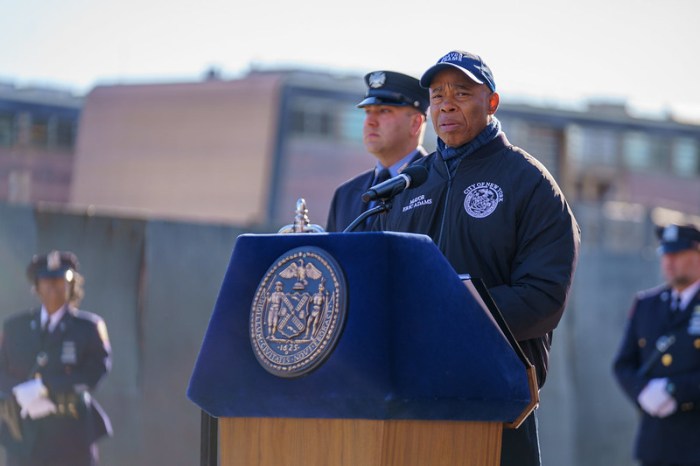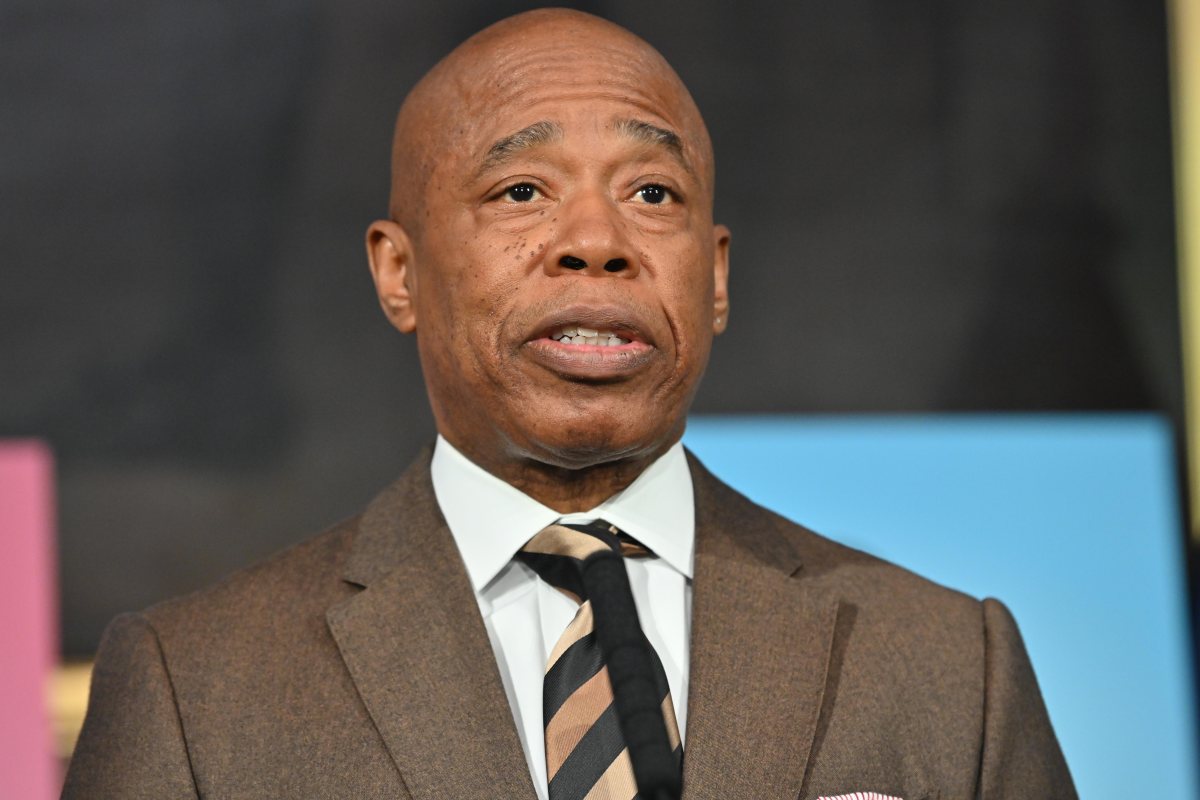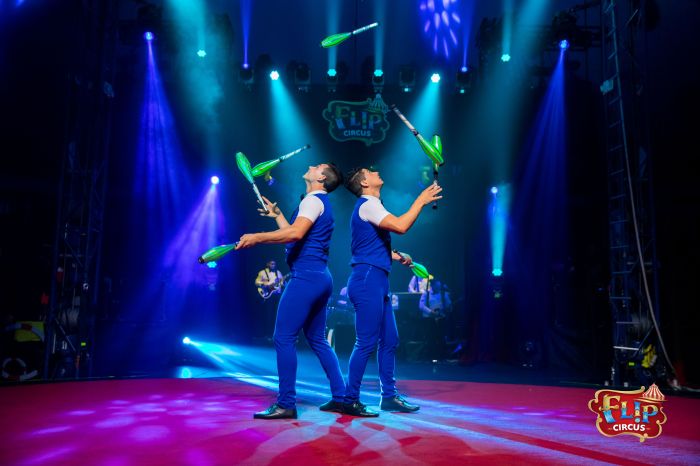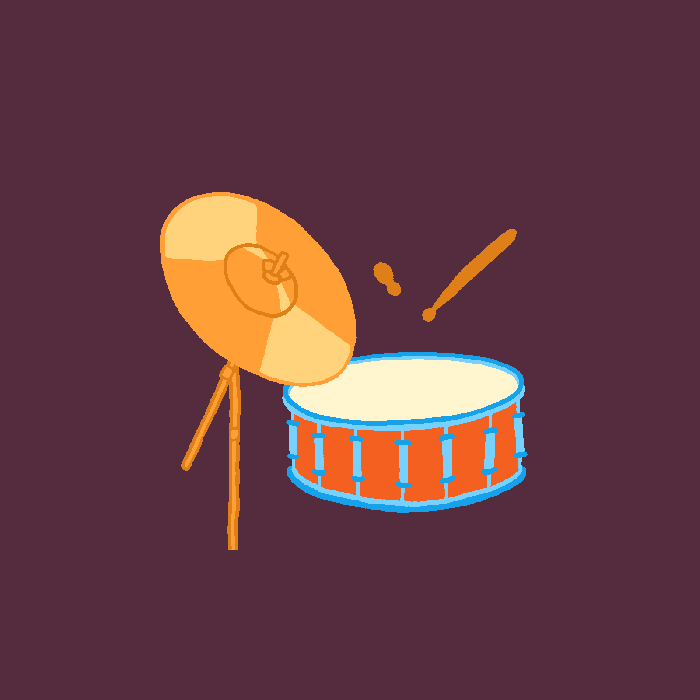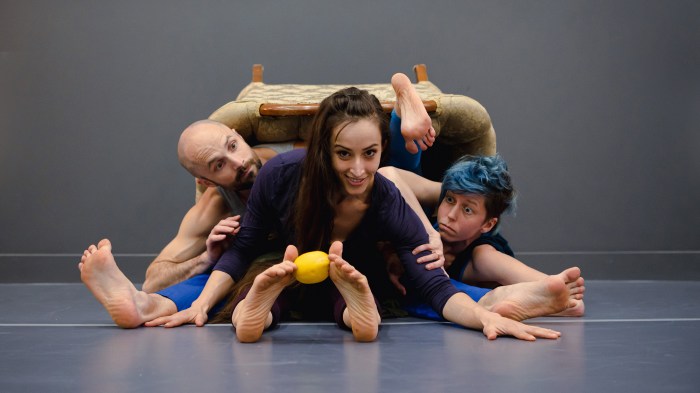By Alexander Dworkowitz
The day of races was almost complete when disaster struck the MaYi Theater Company’s dragon boat.
The group’s steersman lost control as the wind picked up, the 39-foot teak wood vessel tipped, and water flooded in, ending the rookie team’s hope of taking the race on Meadows Lake in Flushing Meadows Corona Park.
But the captain, Vincent Hokia, was in good spirits.
“That’s not going to happen next year, not on my watch,” he said with a grin.
Hokia was one of hundreds to eagerly participate in last weekend’s 13th Annual Dragon Boat Festival in Flushing Meadows.
The two-day festival, which included food, games and entertainment as well as the racing, has become one of the borough’s largest gatherings, attracting 40,000 people last year, said Henry Wan, chairman of the event.
In the water sport, teams paddle wooden boats built to look like dragons. The Flushing Meadows race is the nation’s biggest dragon boat event, participants said.
In recent years, dragon boat racing has become a popular sport around the world. From its birthplace in Asia, it has spread to Europe and the United States and has become very popular in Canada. The sport’s advocates are pushing for the inclusion of dragon boat racing in the Olympics.
While dragon boat racing has evolved into a modern sport, it is actually steeped in a tradition that is more than 2,000 years old.
According to legend, the sport began when exiled poet and reformer Qu Yuan drowned himself in the Mi Lo River in 278 B.C. after hearing his homeland had been invaded. Nearby fisherman rushed out to the river to try to save him, throwing rice dumplings into the water to prevent fish from chewing on the poet’s body. In the years afterwards, the locals commemorated Yuan’s death with the race.
Joseph Li, a trainer with the United East Athletic Association, said Yuan’s story is well known in China, explaining his grandfather told him the tale when he was young.
“It’s in my blood,” Li said.
Li broke down the race into several stages. At its start, the team takes long strokes to help lift up the boat, so it can glide on the water. The paddlers then bring the boat up to speed and maintain their pace until the final stretch, when they push themselves to go as fast as they can.
Ian Brooks, the native of England who announces the dragon boat races, said their outcome is often not determined until the final moments.
“It all happens in that last 30 meters,” he said. “As one team tires, another team that is skilled in the water can come forward and take it.”
Mew Lee, vice president of the all-female team, Women in Canoe, said the camaraderie of the races attracted her to the sport.
During the races, the team make sure to stay in top physical form, Lee said.
“We are very strict while we are racing,” she said. “No drinking alcohol, no eating greasy food while we are competing. Afterwards, we party.”
Most who attended the festival, however, did not race. Instead, the crowd consisted of thousands of families who came to watch the sport as well as to sample Chinese cuisine and play in the carnival-like games.
“I love it,” said Patricia Graham of Uniondale, L.I., who attended with her 7-year-old daughter, Shannon. “It’s interesting. It’s educational. It’s very cultural.”
Ron Hanson of Little Neck also said he was glad to learn about Chinese history through the event.
“I really enjoy getting to know other people’s cultures,” he said. “And I enjoy the food.”
Reach reporter Alexander Dworkowitz by e-mail at Timesledger@aol.com or call 718-229-0300, Ext. 141.

